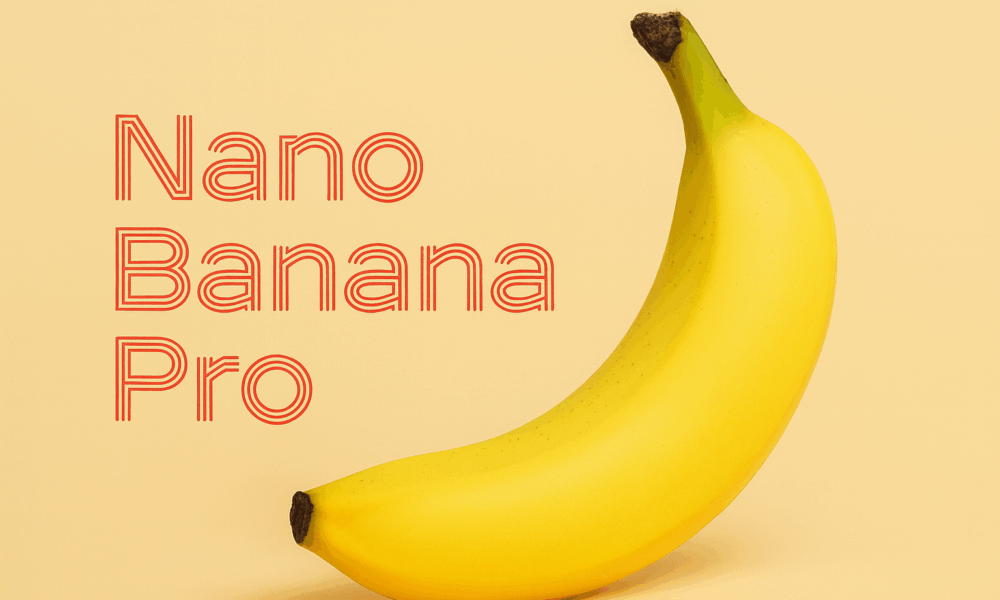
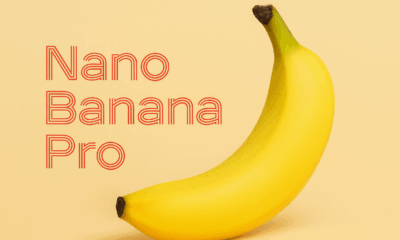

Why Nano Banana Pro Matters Nano Banana Pro is Google DeepMind’s most advanced image generation model, built on the powerful Gemini 3 Pro architecture. It delivers...
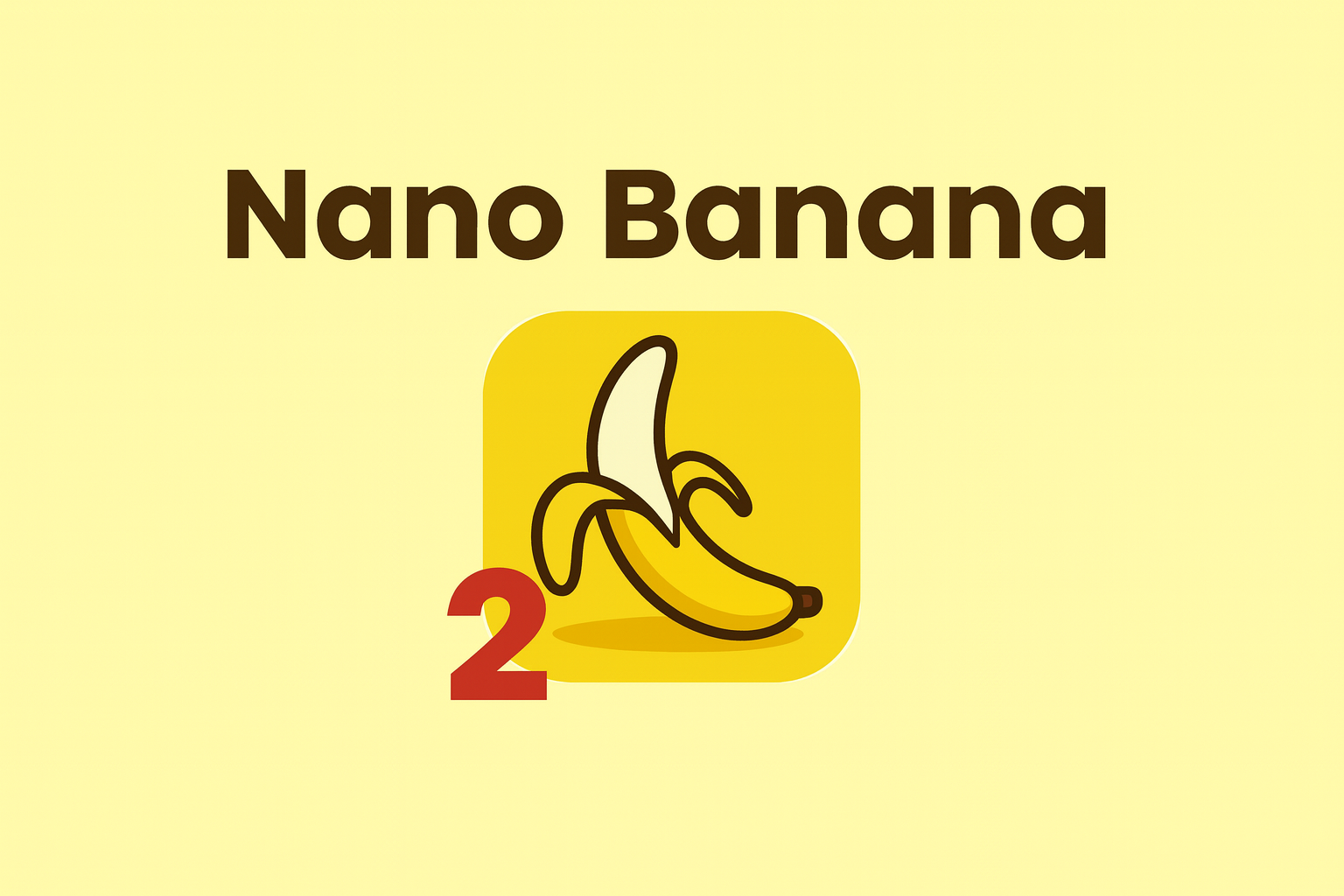


The Era of Manual Mastery For years, turning a raw photo into a polished image demanded painstaking hours inside Photoshop. Whether it was isolating objects, adjusting...
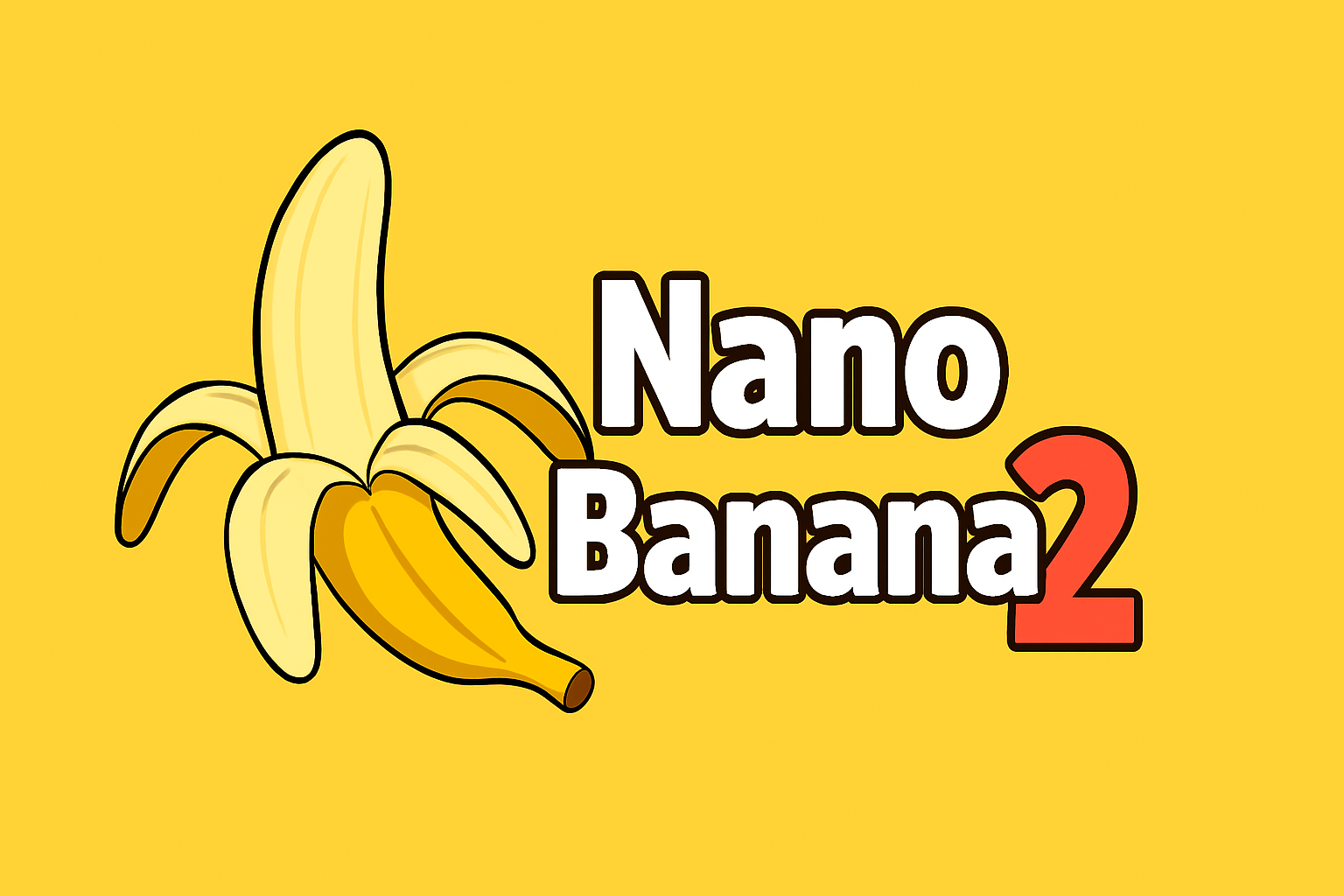


When your phone’s camera just won’t cut it anymore, imagine an AI that doesn’t just capture an image—it understands the scene, edits your face, changes style,...

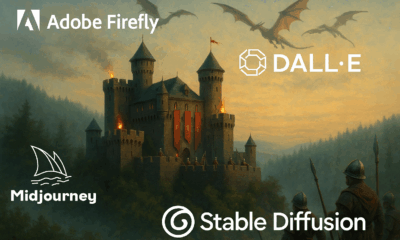

Artificial intelligence is transforming how we make visuals. Instead of hiring a photographer, illustrator, or 3D artist for every scene, now you can type a detailed...
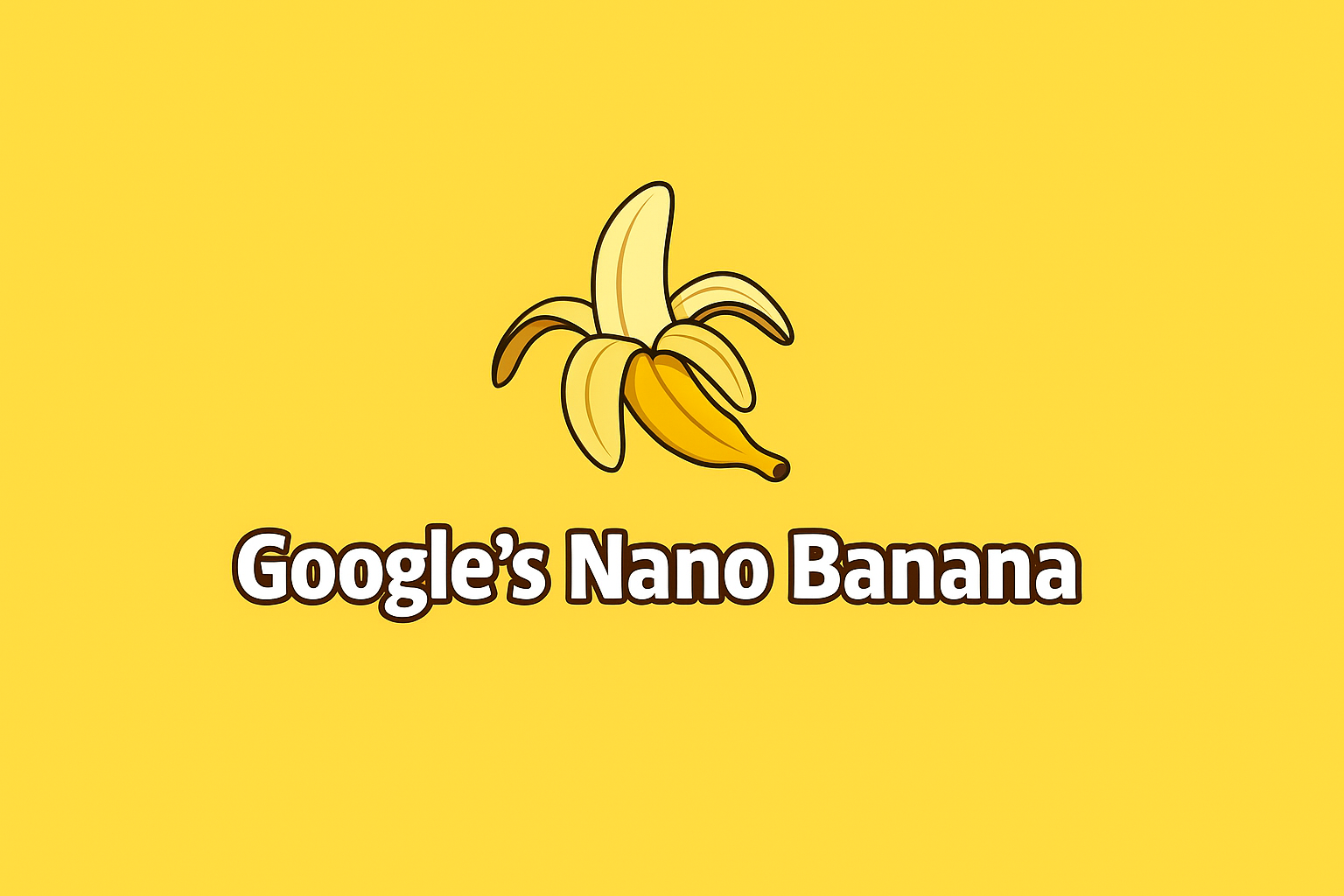


Nano Banana (Gemini 2.5 Flash Image) is Google DeepMind’s advanced AI model for image editing and generation. Unlike traditional “text-to-image” generators, its main focus is editing...
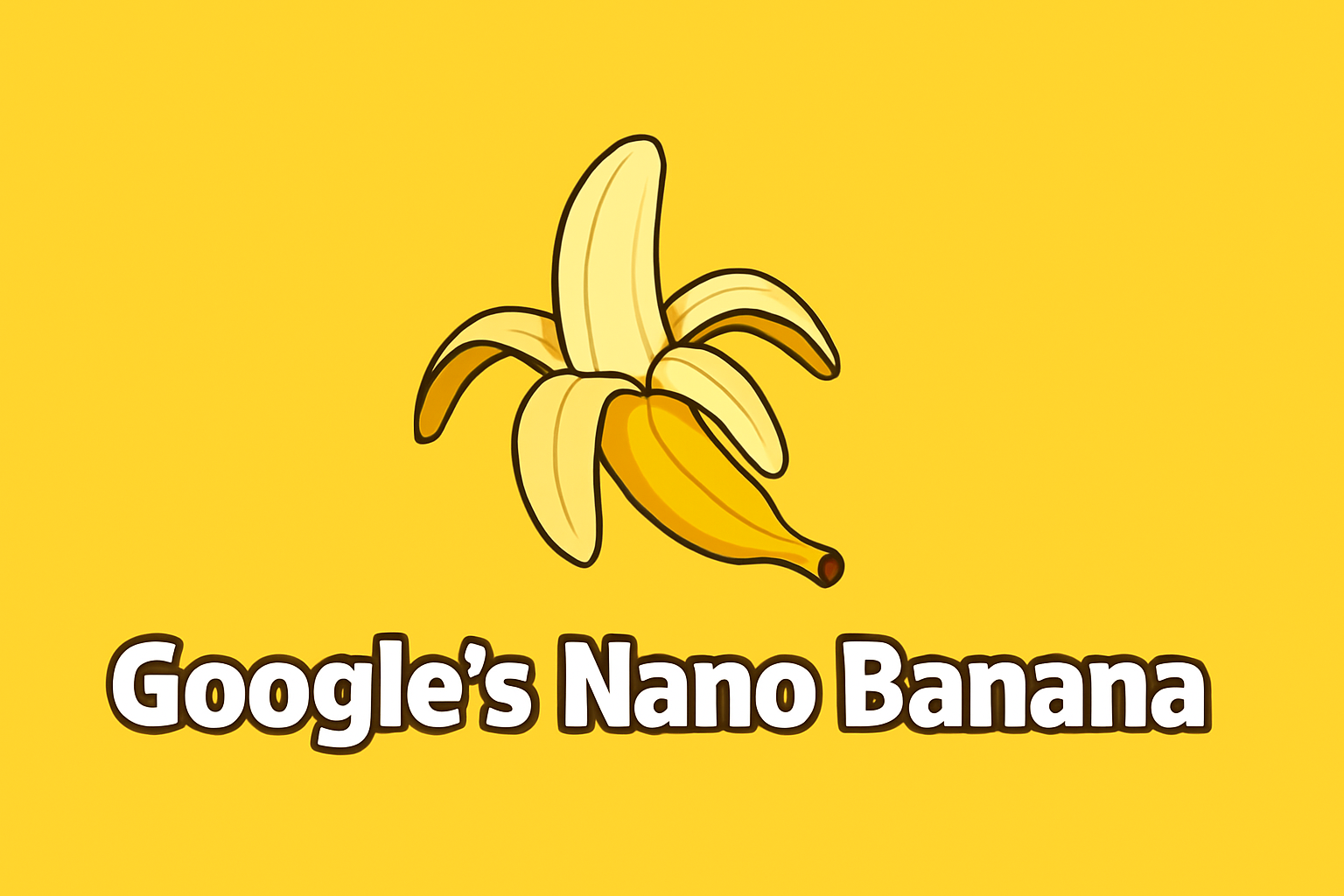


If you’ve seen social feeds flooded with eerily convincing “celebrity selfies” or one-tap outfit swaps lately, you’ve tasted what Nano Banana can do. Nano Banana is...

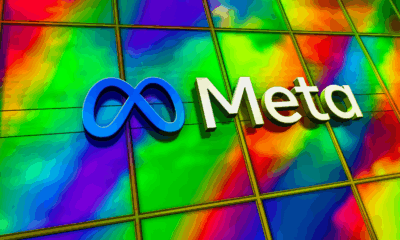

A Beautiful Alliance in the Making In a bold shift from its traditionally in‑house AI development, Meta has forged a partnership with Midjourney, licensing the startup’s...
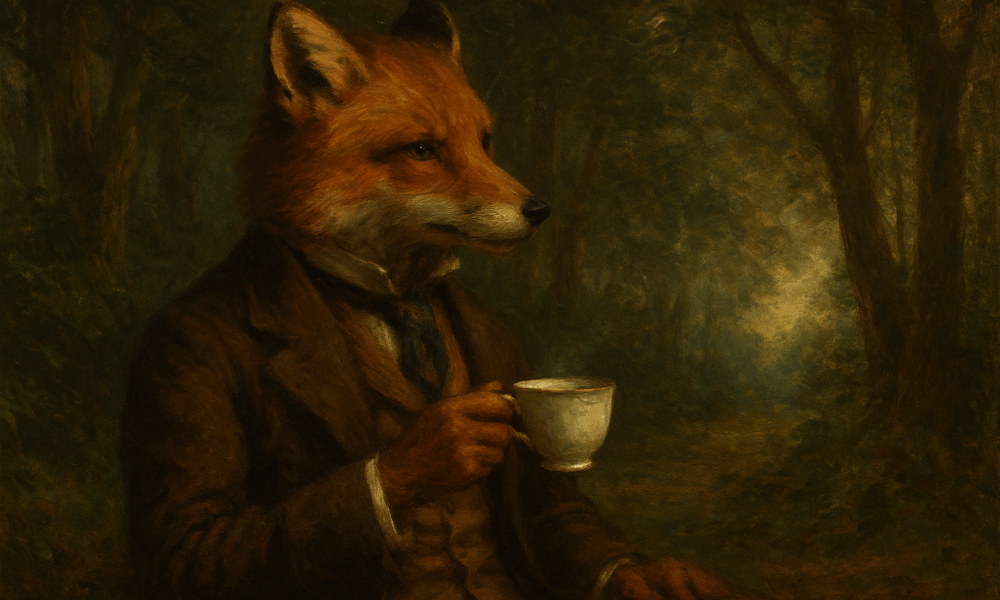


When OpenAI first gave ChatGPT the ability to create images through DALL·E 3, it felt like magic. You could type a description — “a fox in...